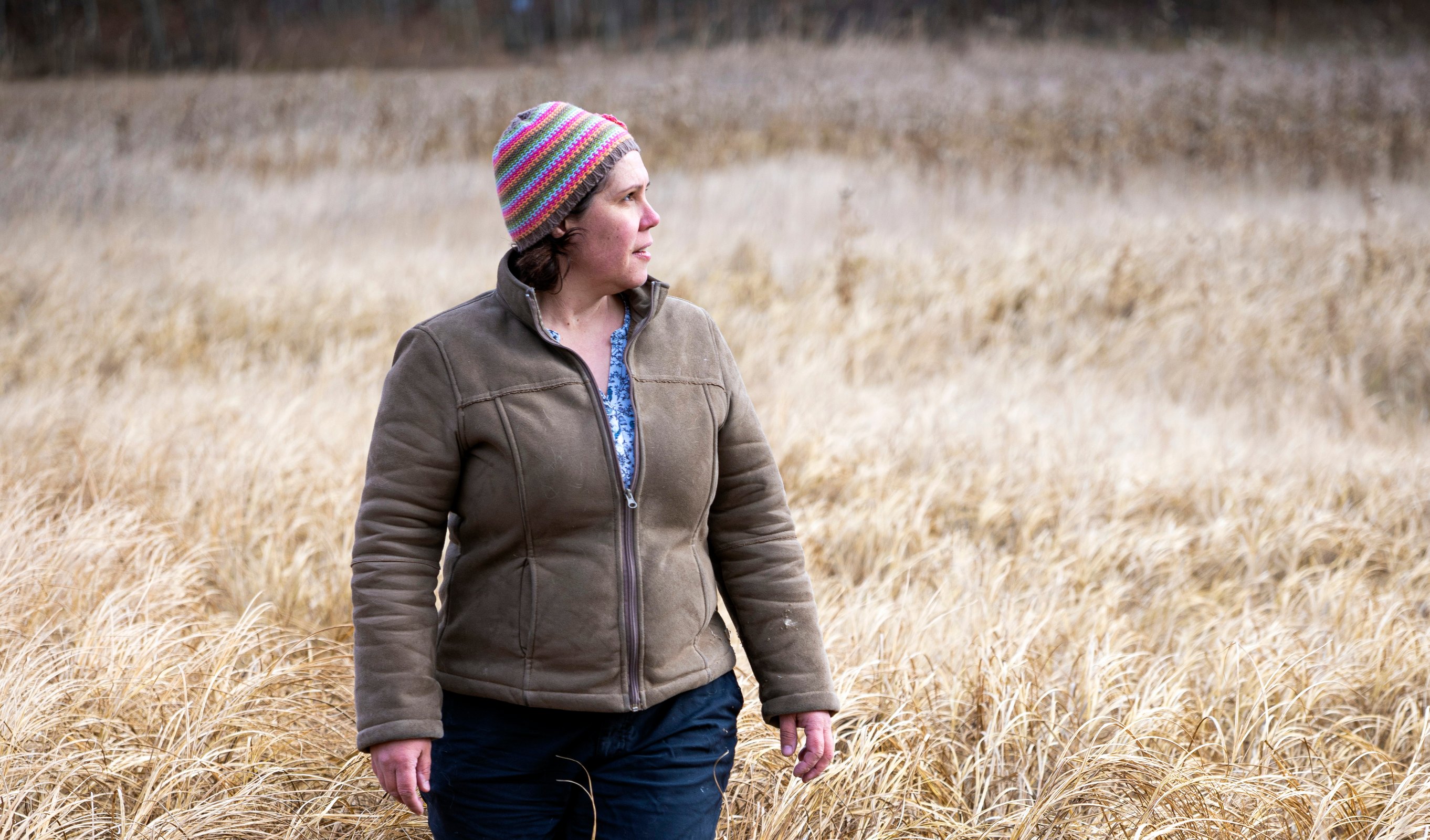Mice, voles and other rodents are small, but as carriers of disease, they can pack a mighty punch.
The chronic infections they carry may not only threaten their existence as a food source for larger wildlife, but also pose a health risk to humans.
It’s a pressing issue that Ivana Schoepf, a new assistant professor at the University of Alberta’s Augustana Campus, plans to address as she launches research into how small mammals cope with the stress of disease, particularly when they are also facing extra strain from changes in their habitats.
The double challenge can weaken the animals’ resistance even further, “which could lead to diseases spreading faster,” she says.
Appointed to Augustana’s Department of Science this past summer, Schoepf is studying voles and mice through the Augustana Miquelon Lake Research Station.
The conservation scientist hopes to help reduce disease risk to forest dwellers like hunters, trappers, hikers and tourists, and protect vulnerable wildlife populations.
Both types of rodents are common carriers of serious conditions that can be transmitted to humans, such as hemorrhagic fever, hantavirus and giardiasis, a diarrheal disease.
Knowing more about the toll the disease takes is important to ultimately finding solutions, says Schoepf.
“As COVID has shown us, human health can be greatly affected by the spread of zoonotic diseases. Only when we’ve gained enough fundamental knowledge about how disease affects individuals and populations can we find ways to tackle its spread.”
“Cascading effects” of disease
Schoepf will also investigate how the chronic infections mice and voles harbour could be affecting their ability to reproduce, grow and survive.
The tiny creatures are vital to the survival of other animals, Schoepf notes.
“It’s important to know more about these rodents; they are at the base of the food pyramid for many carnivores in Alberta, like coyotes and lynx. If these diseases result in fitness costs to rodents, then we might see cascading effects impacting their predators too.”
Study findings from Schoepf’s postdoctoral work already indicate that chronic infection does indeed take a toll in at least one species.
The research showed that when a chronic parasitic infection in female red-winged blackbirds was reduced medically, they laid heavier eggs, incubated them longer and fed the chicks more often.
In addition, the chicks from medicated mothers were in better condition and had higher survival rates than fledglings from unmedicated females. And male blackbirds territorially responsible for unmedicated mothers had to work harder, feeding those chicks at a higher rate than male counterparts who were helping medicated females.
“It tells us that chronic infection is definitely costly, and these costs affect the entire population, through all stages of the life cycle,” Schoepf says.
That effect may, in turn, further jeopardize wildlife already on the brink of extinction, she says.
“It could lead to populations crashing.”
Her research at the U of A will continue to expand on those findings, by focusing next on red-winged blackbird chicks at Miquelon Lake, measuring how infection affects their physiology and behaviour.
Because acute infections typically result in high virulence and mortality in wildlife populations, the animals are seldom available to study, Schoepf notes.
“As a result, our knowledge remains limited, so the hope is that we can build more insight into the costs of infections.”
Fertile ground for research
With its distinct seasons and mix of both developed and agricultural land, Alberta — and the Miquelon Lake area in particular — offer a prime environment for studying how wildlife copes with change, she adds.
“As a small provincial park surrounded by agricultural land, it's a pretty ideal place to study the questions I have.”
Drawn to the U of A by its standing as one of the largest universities in Canada and its wide array of researchers, Schoepf is aiming to expand her work through collaboration with other researchers at the university, particularly in population genetics. She hopes to discover more about gene flow, the transfer of genetic material between different animal populations.
“It’s a field that can potentially give great insights into how certain diseases persist in some populations more than others.”
Ultimately, Schoepf is hopeful her future research could help inform conservation of wild animal populations, including those at risk of extinction, she adds.
“By understanding how disease affects wildlife, we can design more robust management plans for the conservation of vulnerable species.”
